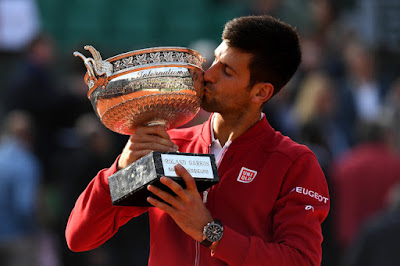 |
The Seattle International Film Festival / A chance to see the world
from a different perspective. |
The Seattle International Film Festival's mission is a simple but meaningful one: Create experiences that bring together people to discover extraordinary films from around the world. It is through the art of cinema, it believes, that we foster a community, one that is more informed, aware and alive.
 |
| The best of Sweden / A Man Called Ove |
It is said that a great film is more than entertainment. It's a chance for moviegoers to see the world from a different perspective.
While in Seattle over the long holiday weekend visiting longtime friends, my wife and I and our friends experienced four extraordinary films from four different countries – Australia, Germany, Sweden and the U.S. – that were most enjoyable.
On Friday afternoon, we began with the 2015 Australian documentary film
Women He's Undressed, in which Director Gillian Armstrong pays tribute to Academy Award-winning costume designer Orry-Kelly, a little-celebrated Australian hero of Hollywood's golden age who adorned the stars in such classics as
Some Like It Hot, Casablanca, and
An American in Paris, and was scandalously linked to Cary Grant as his former lover.
On Friday evening, we turned to the 2014 Austrian film
Therapy for a Vampire for laughs. It's
a dramatic comedy in which one night Sigmund Freud discovers a new patient on his couch, a mysterious count who has entered therapy because he can no longer bear his "eternally long" relationship with his wife, in this humorous mashup of vampire legend and neurotic obsessions. It was presented in German with English subtitles.
On Sunday afternoon, we sat front and center in the balcony of venerable Egyptian Theater on Capitol Hill, a classic movie house, where we saw Sweden's biggest hit of 2015, an endearing and crowd-pleasing dramatic comedy,
En Man Som Heter Ove (A Man Called Ove). Rolf Lassgård stars as Ove, a grumpy, curmudgeonly old man, who finds his caustic view of the world put to the test when a new family moves in next door. The Swedish movie with English subtitles, which was adapted from the best-selling novel by Fredrik Backman, moved me to tears, and played upon the themes of unexpected friendship and love.
 |
| An intriguing spy thriller / Our Kind of Traitor |
"A Swedish film in an Egyptian theater in America," a Tunisian Facebook friend messaged me on Sunday afternoon. "I like that," she wrote. I liked that, too.
Finally, on Sunday night, we were riveted by the spy thriller
Our Kind of Traitor, based on the novel by bestselling author John Le Carré, starring Ewan McGregor and Naomie Harris as a couple who wind up as international pawns in a chess game between the Russian Mafia and the British Secret Service. It also stars Stellan Skarsgård and Damian Lewis, and it is due for a summer release here in the U.S. I highly recommend it.
Each film we attended drew capacity audiences of well-informed and educated film goers – the first at Pacific Place, a modern cineplex in downtown Seattle, and the other three at the Egyptian in the city's Capitol Hill neighborhood, and tickets were reasonably priced at $13 for each film.
This year's festival, which continues through June 12, will present over 400 features, short films and documentaries gathered from more than 80 countries.
Looking back, for the duration of each film we saw, there was a fostering of community. Together, we laughed, we cried, we felt excited, we applauded. Attending the country's largest film festival – with more than 150,000 people attending over the 25-day event – was both special exciting, and I look forward to returning again.












